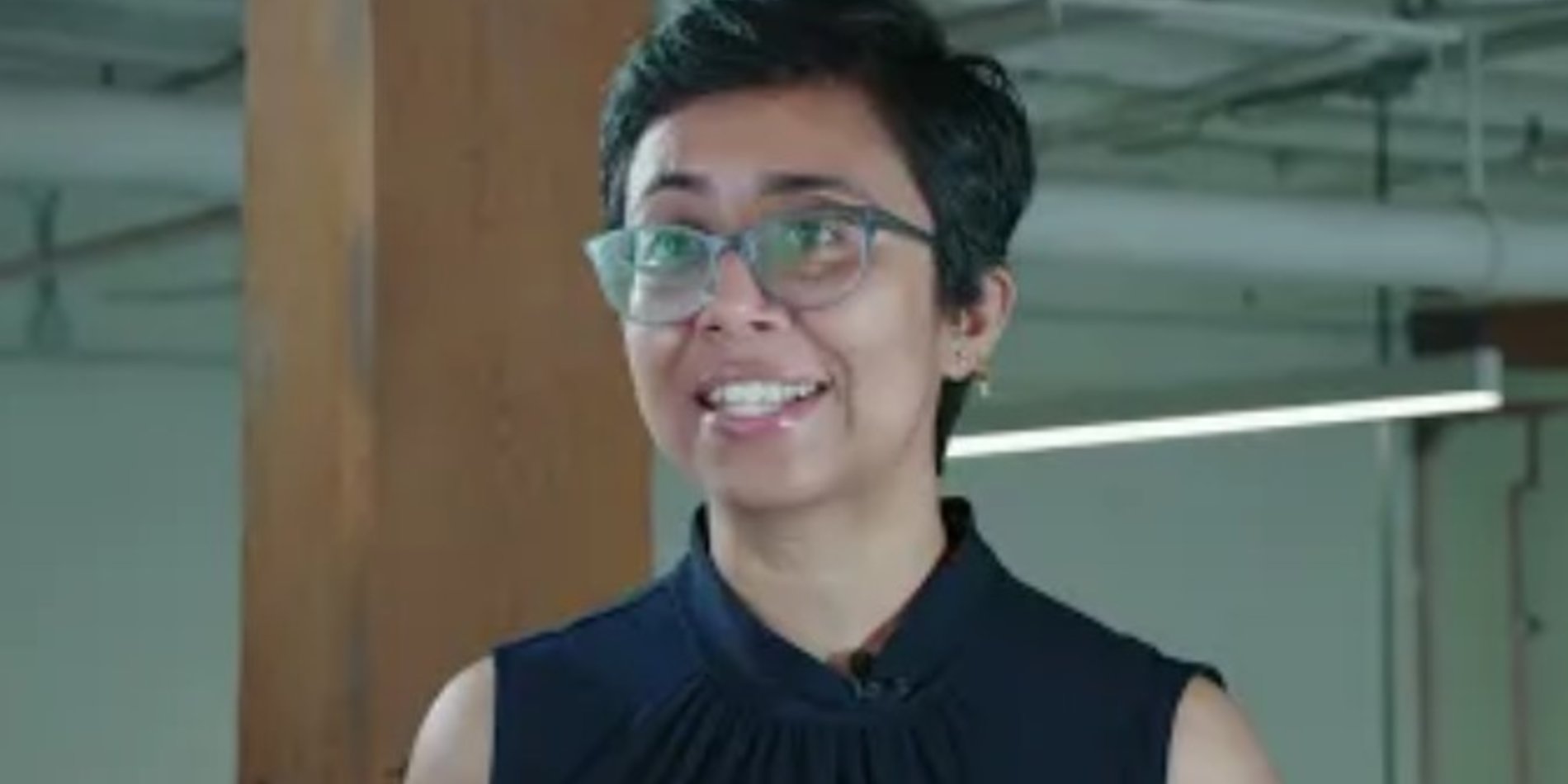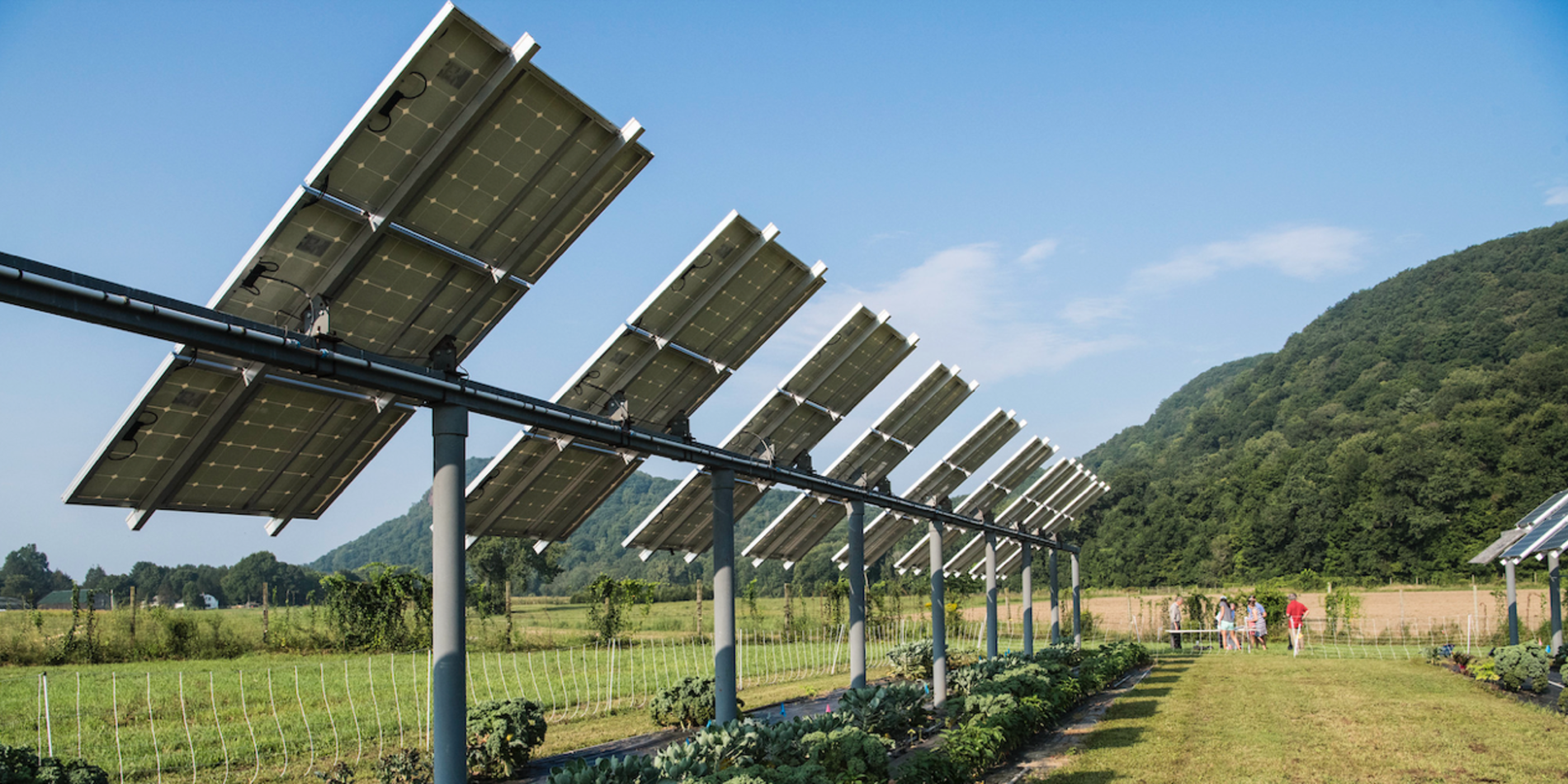Charging Forward

What will be the future of the automobile industry?
“It’s electric and there’s no turning back,” said President Biden in August, before signing a new executive order that sets a target for half of all new car sales in the United States to be electric vehicles by 2030.
"The question is whether we’ll lead or fall behind in the race for the future.”
Yet as automakers such as General Motors and Ford ramp up plans for electrifying their fleets, there remains another question in the background: Will energy utilities be ready?
A better grid
Regular charging of an electric vehicle can increase the electricity demand of a household by as much as 50 percent. So, the federal announcement lends urgency to a message that two Stanford graduates have been sharing for years now.


“For us, a big part of what we try to help utilities answer is what happens as more and more people start going electric?” says Apoorv Bhargava, MS/MBA ’17, (left) co-founder and CEO of WeaveGrid.
“How will 1,000 to 10,000 to 100,000 to millions of people going electric start to impact that system?”
The venture is focused on preparing utilities for the coming wave of electric vehicles—and the high-powered impact of their charging needs.
Bhargava and co-founder and CTO John Taggart, MS ’13, PhD ’19, (right) hope to integrate renewable energy and keep the nation’s electric grid from becoming a bottleneck on the road to decarbonizing. Currently, more than half of the nation’s carbon emissions can be traced back to driving and electricity use: 29 percent from transportation, and 25 percent from power generation.
“Ultimately we look at our scope of influence not really as just transportation, or electricity; we look at it as both,” says Bhargava.
Plugging in
A mutual friend introduced the co-founders, who quickly discovered that their professional experiences complement each other.
Bhargava spent years consulting for electricity utilities and later working for energy startup Opower, before enrolling at Stanford Graduate School of Business and the Emmett Interdisciplinary Program in Environment and Resources (E-IPER). Meanwhile, Taggart focused on sustainability projects for Tesla before completing a PhD in management science and engineering. When choosing a part of “the carbon stack to target,” as Bhargava put it, they found their thinking aligned.
“When we put our heads together, the solution was very obvious,” he says.
The two began exploring how they could work together, and they found early and pivotal support with an Innovation Transfer Grant from the TomKat Center in 2018.
Today the venture operates from San Francisco with a team of 30 employees. In summer 2021, the startup raised $15 million in its Series A fundraising.
“We’ve really prided ourselves on hiring people who are truly exceptional,” says Taggart.
The storm ahead
Across the United States last year, power outages followed on the heels of extreme weather—from wildfires in California to tropical storms in New York, snow in gulf Texas to blazing temperatures in the Pacific Northwest.
“What we’re realizing through these massive weather events is that the grid is neither a monolith nor is it incredibly resilient,” says Bhargava. “In this brave new world, as it were, how do you ensure the system is reliable?”
In some ways, the challenges posed by electric vehicles to the grid are similar to these weather-driven outages. Electricity use fluctuates throughout the day, with peak demand typically happening around 5 to 6 pm, right as drivers return home and plug in their cars, turn on the kitchen stove, and blast the air conditioner or heater, whichever the case may be.
In other ways, EVs pose a completely different challenge. Bhargava explains that electric vehicles may crash the grid in neighborhoods, but not across the whole state. Also, a thermostat can’t drive away like a car does.
It’s a perplexing problem for utilities. How can they learn to predict the load on their system when the variables increasingly include not only time, but location—and a moving target as more electric vehicles take to the road?
This is the service that WeaveGrid offers to energy companies. They help utilities untangle this mess of variables and plan for what’s next.
The software solution
The first step: Gather data.
WeaveGrid uses machine learning and data analytics to forecast electricity use from EVs. With data in hand, utilities can then roll out technologies or incentives designed to nudge customers toward behaviors that soften the peaks in electricity demand.
An example of this is what is called smart charging. Drivers plug in their electric vehicles as soon as they return home, but the charging actually begins later, around, say, 9 p.m. when grid demands are lower.
“One of the big things that we believe is that customers shouldn’t be told to charge at the ‘right times.’ That’s too much cognitive burden on people,” says Bhargava, as WeaveGrid also advises utilities on customer programs. “So, it’s much more about automating it and making it super seamless for drivers.”
“Not only can the grid support it if managed intelligently, but actually the EVs can act as a resource to create a lot of value for the grid,” he says.
An electric vehicle is first and foremost a mode of transportation for the owner, but electric cars could also eventually have the potential to serve as battery storage for the grid or as backup power for homeowners, as recently announced by Ford.
Bhargava says his message to energy utilities is simply this: “How can we partner with you to ensure that electrification is a blessing for you overall, rather than a bit of a curse?”
And yes, they’re hiring now. Or as Taggart’s LinkedIn profile put it: “We are (very) actively hiring.”



